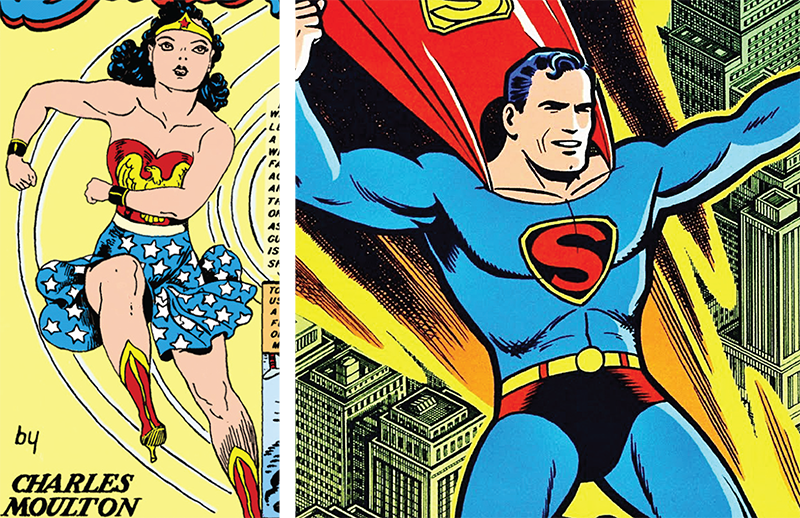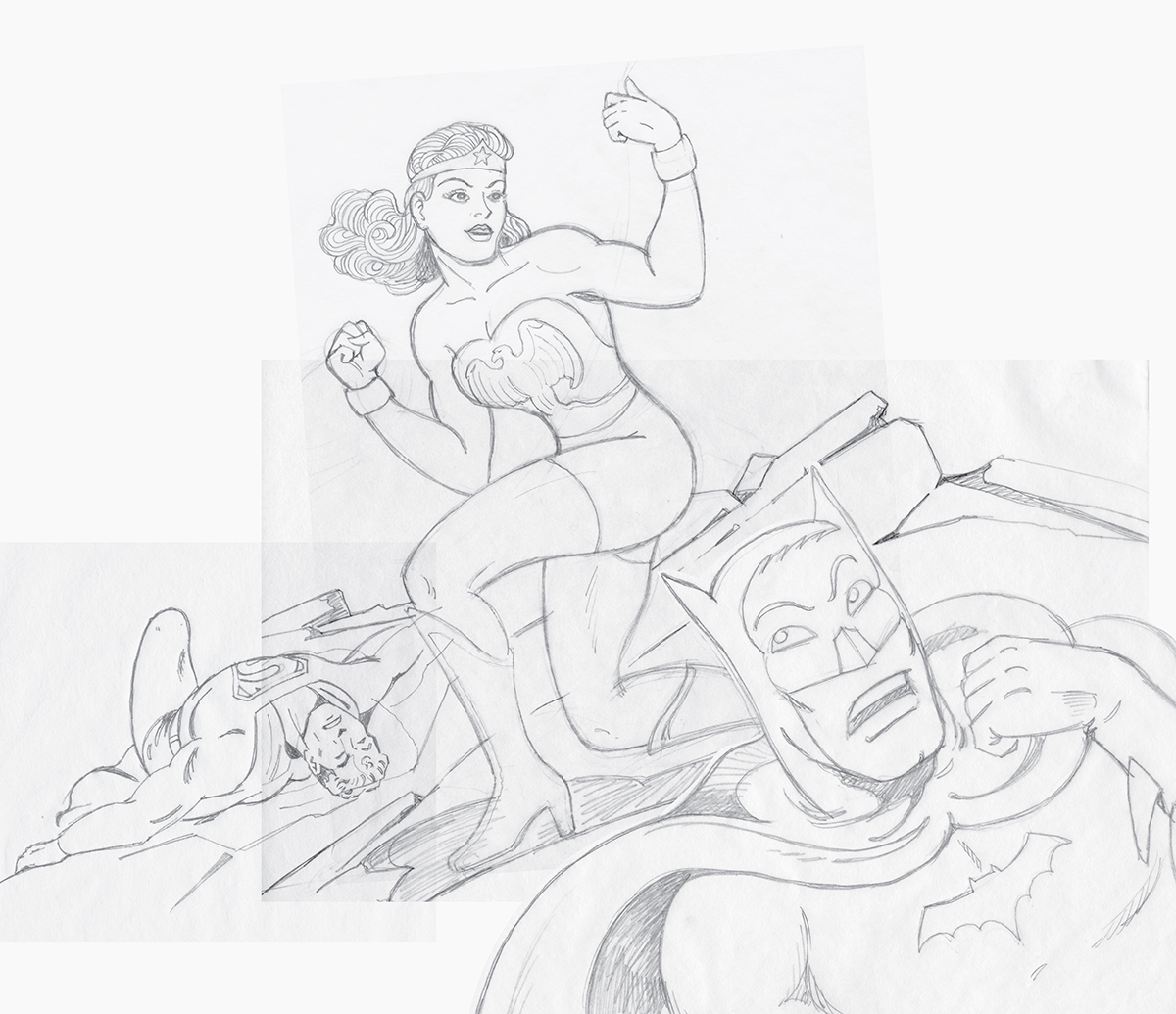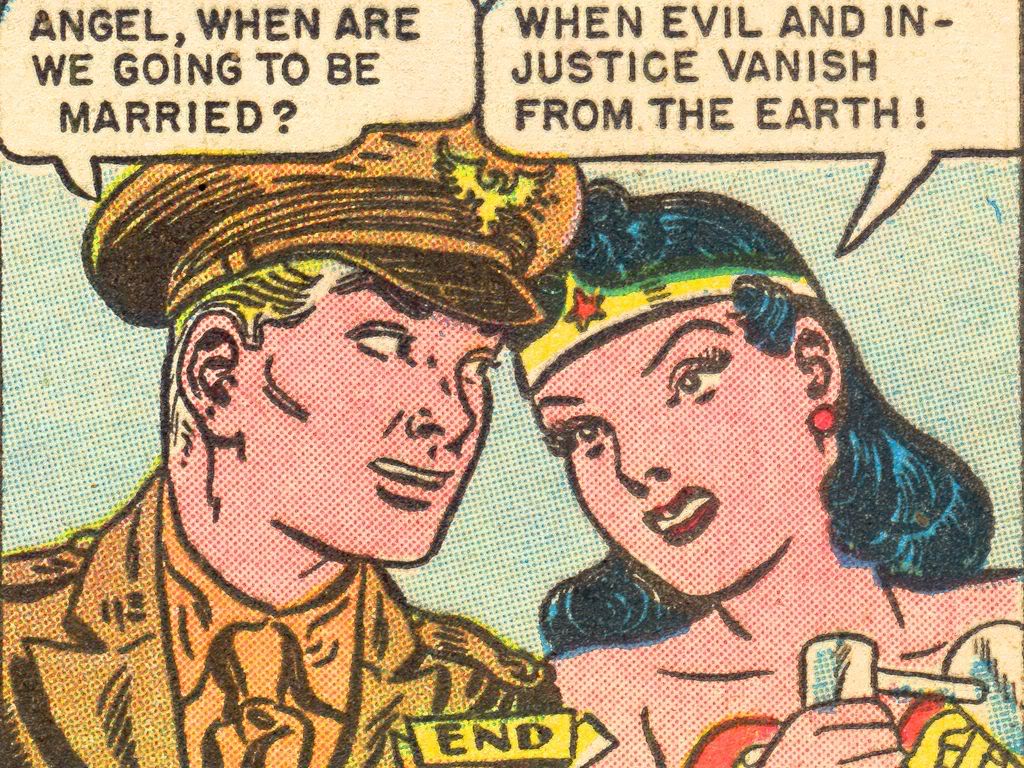There has been plenty of debate on the impact the film Wonder Woman has had on issues of feminism and equality. Debate over the films supposed message, her costume (or lack thereof), her actions, and her dialogue continue to fly between comic book fans, movie goers and critics, with some calling her a feminist icon and others a symbol of violence and sexism. The debate brought on by the film brings up some really important issues that need to be discussed, and the movie has at least done that.
It’s been a while since a female superhero has anchored a big budget film. The last was Elektra with Jennifer Garner in 2005, and you can be forgiven for not remembering that one. Before that you would have to go all the way back to 1984’s Supergirl, which reminds us how long it’s been since a crime-fighting female leapt over the caped and masked men in tights to the front of our multiplex movie screens. And unlike the previously mentioned films, this one is big.
One thing there is no debate over is the popularity of the film, which to date has pulled in a whopping $782 million worldwide since it’s release on June 2. It should also be mentioned that this is the highest-grossing film ever made by a female director. And there’s also no real debate over her trouncing of other recent male dominated superhero films.
My latest editorial illustration has some fun with that one fact. Knowing I had to illustrate her dominance in the world of superhero movies, I decided to use the comic book characters to represent the films, showing Wonder Woman giving the two most popular male DC film characters a sound beating.



I also worked with these versions to remind viewers of the origins of Wonder Woman and that her comic book history goes back almost as far as the two most famous male superhero’s she is beating on in the illustration. For some insight into her 1941 origins and her male creator William Moulton Marston, as well as how her history mirrors the trials real women have endured over those decades, it’s worth reading Wonder Woman Weaponized from the New York Times.
Once I had collected the reference I needed for the three characters, I began sketching out the scene, which I already had worked out in my head. I wanted WW to be central to the composition, but also wanted one of her opponents large in the foreground to create a dynamic orientation of the three figures, and balance out the dead-center position of our hero. This also creates a sense of space, and keeps the composition from appearing flat. And by drawing up my figures on separate pieces of tissue paper, I give myself the flexibility of shifting them around the live area, making any final adjustments in their relationship to each other.


Flat, bright colors were added with hard-edged shadows and nearly no gradients to again try and echo the way comics were colored and printed back in those days.
The background was last to be added. This was created in Photoshop and placed into the Illustrator document. By building a much larger image then I needed, I was able to place it, shift the center of the burst around until I found the right spot, then crop it to the edge of the finished art.


1940’s Wonder Woman doing what she could have done decades ago. But it’s never too late, especially for an ageless comic book character!
In the real world as well as the world of fantasy, the fight for equality continues…
All characters are copyright ©DC Comics

